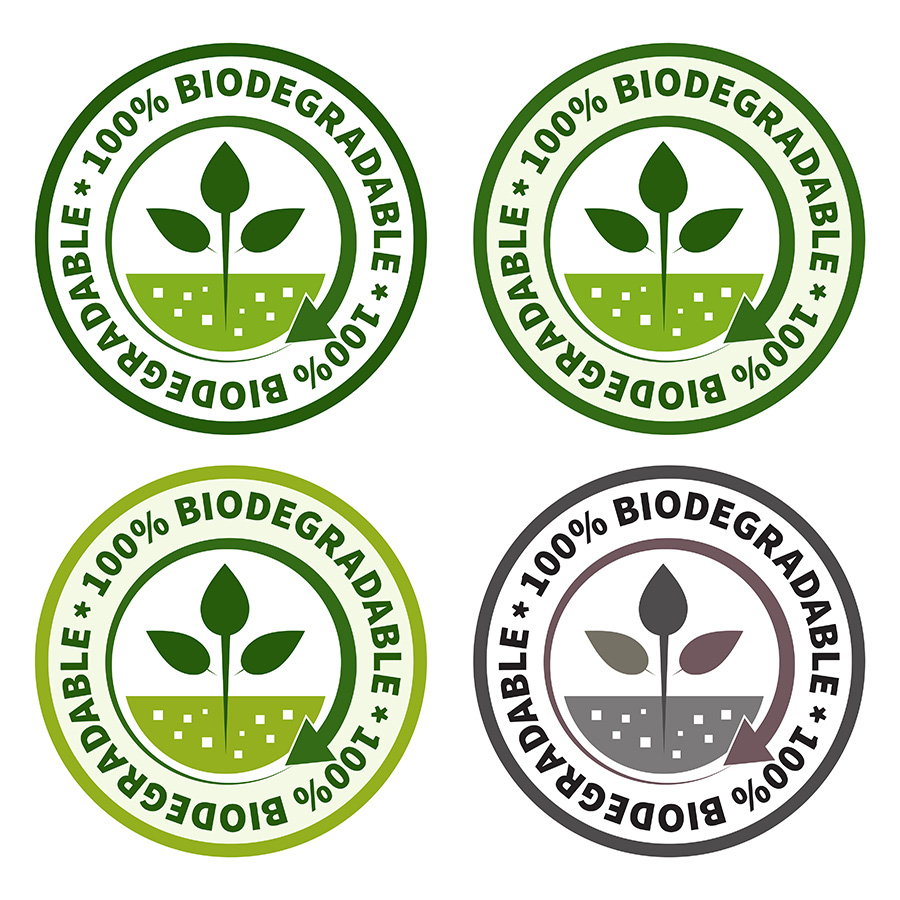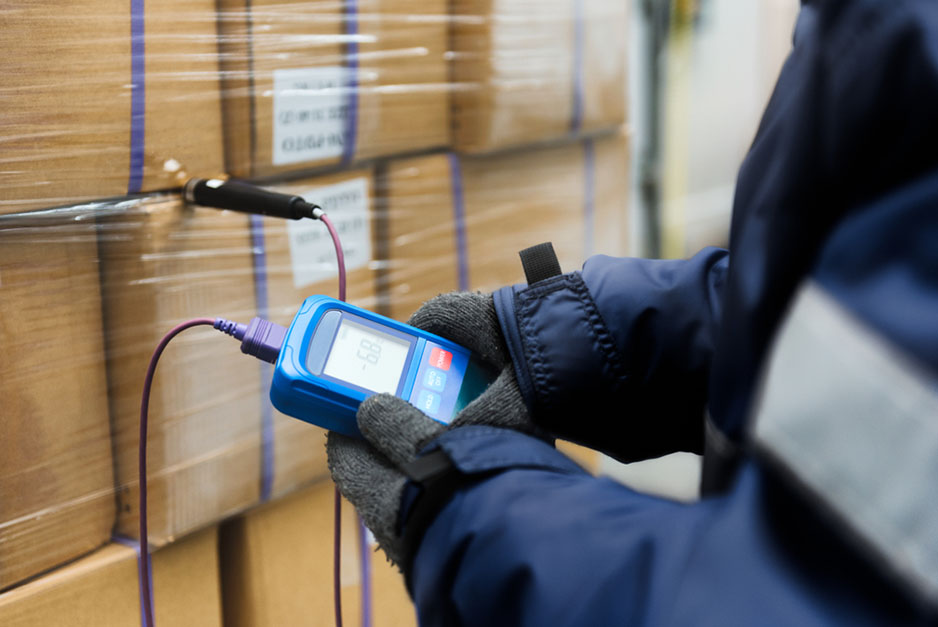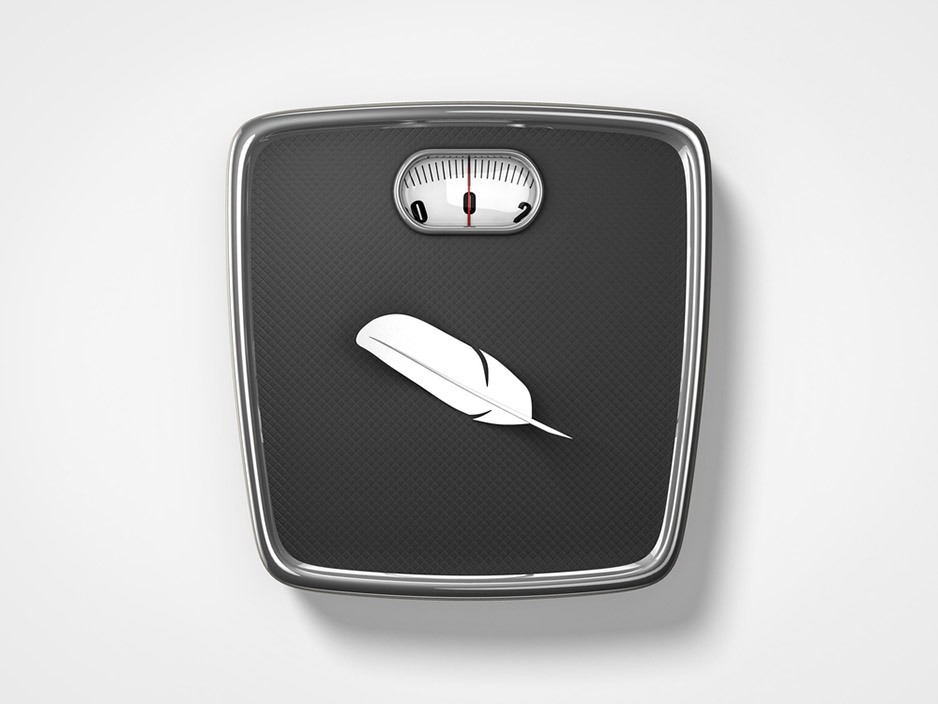If you are thinking about making the switch to eco-friendly options for your packing and shipping needs, we can help. Keep reading to learn more about some of the most common biodegradable packing materials.
The Impact of Traditional Packing Materials
Many traditional packing and packaging materials are manufactured using synthetic polymers. Because this type of material is not biodegradable, however, the packing industry has contributed significantly to serious ecological problems. Some types of Styrofoam packing peanuts can take 500 years (or longer) to break down in a landfill. And bubble wrap? That can take 500+ years to biodegrade, too.
Landfills are loaded with plastic in its many forms, and with the rise in popularity of online shopping, non-biodegradable packing materials have become a major contributing factor. These products are only recycled a small percentage of the time. Anything that is not recycled ends up in landfills, in the oceans and in other places where it can do serious damage to the environment. From injuring wildlife to leeching harmful chemicals into groundwater, synthetic packing materials do a lot more damage than many people realize.
Bubble Wrap
Traditional bubble wrap that is made from plastic is non-recyclable and commonly ends up in landfills. If you frequently ship delicate items that need to be wrapped in bubble wrap, skip the traditional plastic stuff. Instead, look for eco-friendly biodegradable bubble wrap. This type of bubble wrap is typically tinted green, is completely recyclable and breaks down much faster than its traditional counterpart.
Biodegradable Packing Peanuts

Styrofoam packing peanuts take centuries to decompose–if they decompose at all. They commonly end up in landfills and floating in oceans and, once they are there, they don’t go away. Biodegradable packing peanuts are designed to provide the same kind of protection without the harmful environmental impact. They can be made from a few different materials, such as wheat or cornstarch, and they dissolve in water. Unlike Styrofoam packing peanuts, they do not have an electric charge. This means they won’t stick to you, your clothes, etc.
We are also offer biodegradable packing peanuts that are made from non-food plant ingredients. They are made from 100% recyclable materials, and they perform significantly better than Styrofoam or EPS (expanded polystyrene) peanuts.
Air Pillows
Commonly used to fill voids inside boxes, air pillows are cost-effective and provide an excellent degree of protection. Consisting of plastic film filled with air, they are a popular choice among shippers in a wide variety of industries. While some brands are made using non-recyclable materials, we offer biodegradable air pillows. Available in a variety of sizes and both standard and super strength, they are suitable for a wide range of applications.
Opus Air inflatable air pillows are made from recycled material. In fact, Opus Air is the only air pillow packaging system on the market that is biodegradable and designed using recycled film. They can be reused, recycled through composting or recycled via the appropriate waste stream. The Opus Bio film contains an additive that causes the material to biodegrade completely in 12 to 24 months when moisture, oxygen and bio-organisms are present. It leaves behind no heavy metal or toxic residue.
Benefits of Biodegradable Materials for Packing

Biodegradable packing materials cause much less damage to the environment, but that is not their only benefit. Eco-friendly materials are just as functional and convenient as other materials. They come in a variety of sizes and types, and they are suitable for any application.
Many biodegradable packing materials are non-toxic and hypoallergenic. They are generally safe for people with allergies and other sensitivities, and they do not release toxins or poisonous waste during decomposition.
Eco-friendly products require less energy to produce and recycle. This results in a decreased impact on the environment. They are also compostable and will decompose in environments containing warmth, moisture and oxygen. The compost supports plant life and enhances soil quality.
Businesses who use biodegradable packing materials are also more appealing to eco-conscious consumers. Making the switch from traditional to biodegradable materials reduces your impact on the environment and makes your business more appealing to many consumers while still ensuring that items are sufficiently protected during shipment. What’s not to love?










